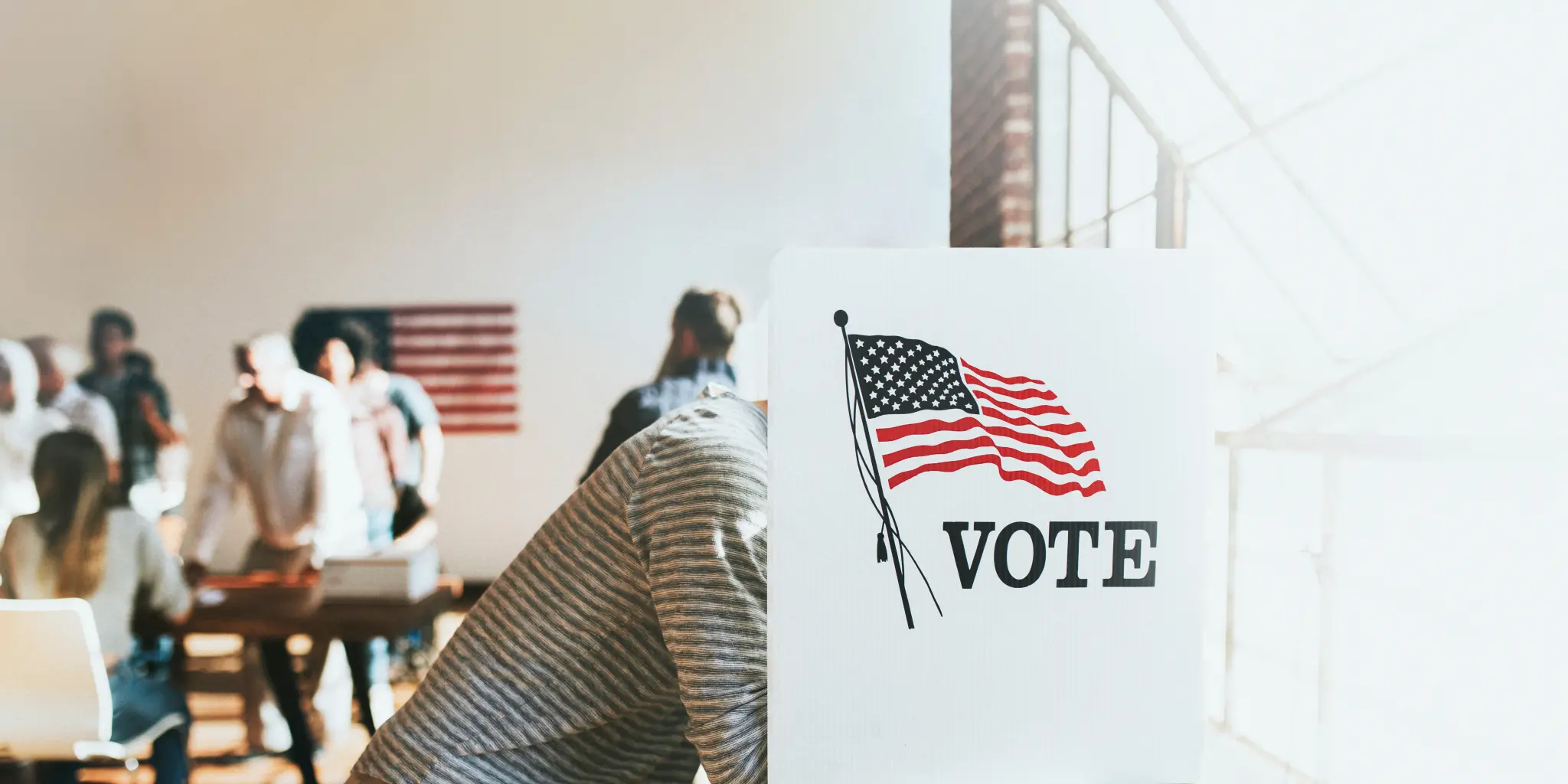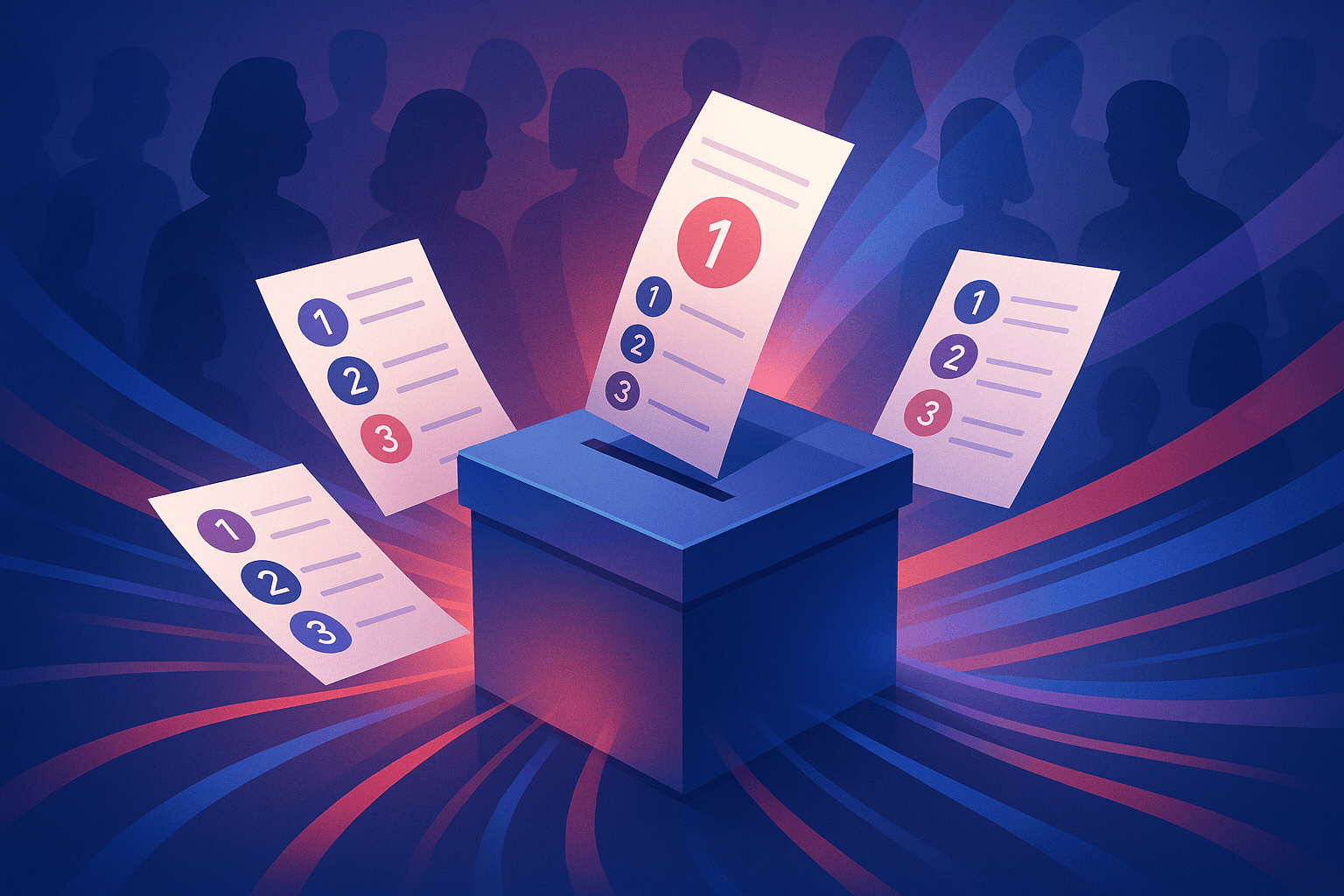Despite more funding, Cal State increases tuition 15.5%, UC seeking another 8%

Hopes that the infusion of cash from the state and federal government in California's 2010-2011 budget would spare university students from an additional jump in tuition were dashed last week after the Calfornia State University trustees voted to raise tuition by 15.5 percent.
For Cal State, this move will raise next fall's annual tuition to $4,884 which includes the five percent bump in January 2011. As compared to the 2001-2002 school year, when undergraduate tuition was $1,428, this latest jump equates to a 242 percent increase in tuition rates in just a decade. Approximately 40 people showed up, including staff, faculty and students representing 23 campuses, to protest the hikes. Instead of the more aggressive protesting that accompanied UC's 32 percent tuition hike earlier this year, the protestors held what they called a "protest carnival", full of sarcasm and games to let their feelings be known.
University of California President Mark Yudof followed the grim news by proposing another 8% increase in tuition rates for students to be voted on by the UC regents this week - November 16-18 in San Francisco. If approved, tuition will increase from $10,302 to $11,124 - double the UC tuition rate just six years ago. However, with fees and other costs, the total will reach $12,150. Simultaneously, Yudof is proposing an adjustment in the income level families can earn to qualify for financial aid. Currently, families who earn $70,000 qualify for financial aid. Yudof is seeking to raise the limit to $80,000 which is expected to cover an additional 4,700 students. All told, tuition will continue to be free for more than half of undergraduate students because Cal Grants covers the tuition for students who qualify for financial aid.
The question is, how much longer can Cal State and UC students and their families handle the ever increasing tuition (and subsequent debt) burden, particularly with the dire economic conditions and no guarantee that there will be jobs for these students when they graduate? In the longer term, with so many more jobs requiring a college degree, at what point are we, as a state, unable to fill those positions with our own residents because college becomes so far out of reach for so many?



